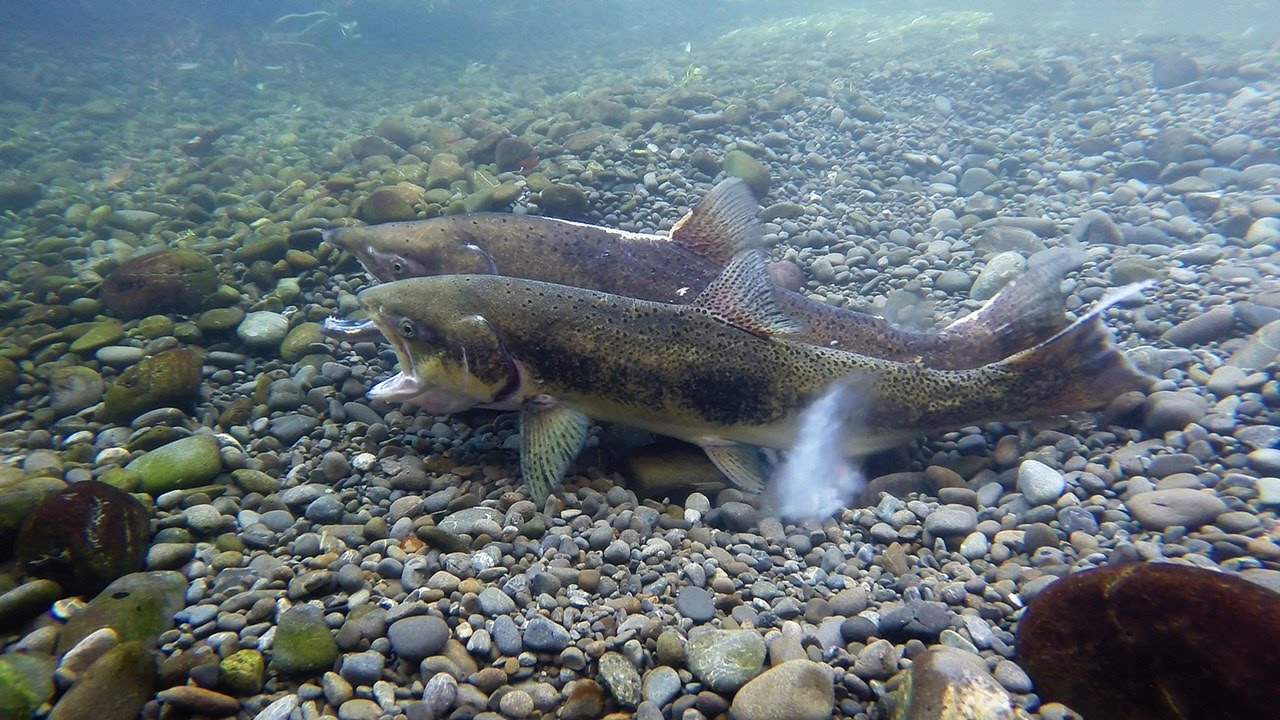

By Alix Soliman, Operations Manager
March 24, 2021
L ast year, over 2,500 Oregonians submitted river and stream nominations for inclusion in Senators Wyden and Merkeley’s River Democracy Act, which is intended to add about 4,700 river miles to the National Wild and Scenic Rivers System. Co-President of the Sandy River Chapter Greg Reed and Board Member Norm Ritchie advocated for the inclusion of Still Creek, a tributary of the Zig Zag River in the Sandy River Basin, and succeeded in adding it to the list of streams in the bill.
Just outside of Portland, the lower reaches of Still Creek flow through a winding, forested area known for its anadromous fish runs, spawning beds, and botanical diversity.
“The Sandy River Gorge offers one of the greatest levels of diversity in both wildlife species and habitat of any river in the region,” said Reed. “The area is especially valuable because it is relatively isolated and undisturbed, despite being located only thirty miles from one-third of Oregon’s citizens.”
Still Creek originates below the Palmer Glacier and a series of springs on Mt. Hood’s west side. It provides critical spawning beds for salmon and steelhead migrating up the Sandy and Columbia Rivers. 93% of the Still Creek watershed is on National Forest land, and between 2012 and 2017, Mt. Hood National Forest and its partners performed extensive restoration work within the Still Creek watershed to recover vital habitat for threatened and endangered populations of coho salmon, Chinook salmon, and steelhead.

Fish spawning in Still Creek
Habitats along the river and its major tributaries provide wildlife travel corridors to and from the Larch Mountain area to the east, which are especially important for big game species such as Roosevelt elk.
Still Creek offers spectacular scenery, easily observed geologic features, unique plant communities, and a variety of recreational opportunities including hunting and fishing. If the River Democracy Act is passed into law, 12.2 miles of Still Creek ending at the confluence with the Sandy River will be permanently protected alongside thousands of other river areas noted for their outstanding natural, cultural, and recreational values. We will continue to follow the bill as it moves through the legislative process.